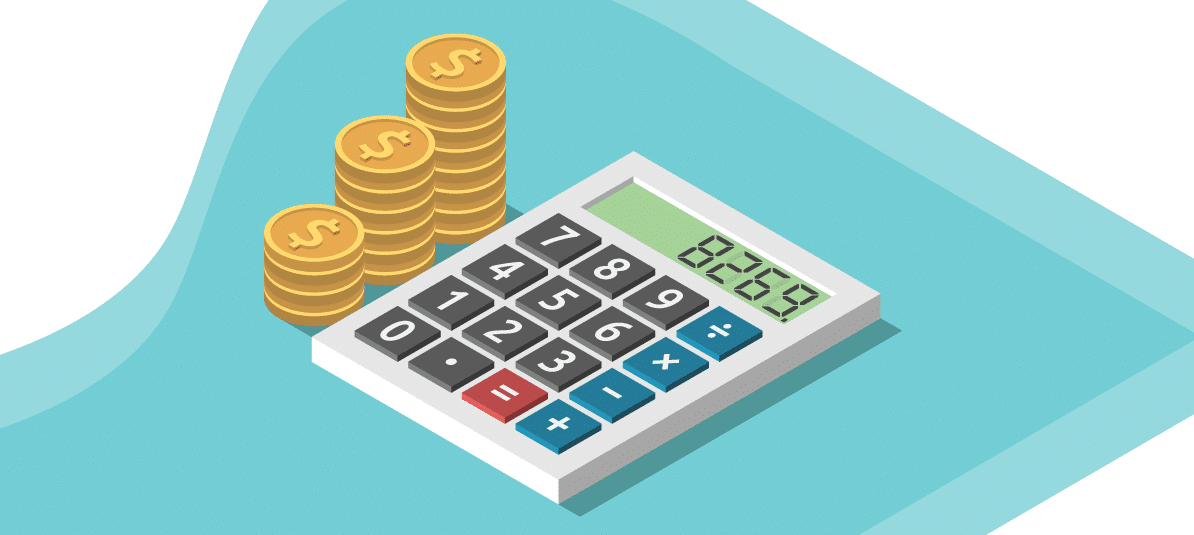How much do you need in your emergency fund for unseen events?

The car that breaks down, the boiler that stops working work or the washing machine that has had it. Unforeseen events are the reason why 36% of Spaniards fail to save regularly every month. The way to fix this is to set up your emergency fund.
What is an emergency fund?
An emergency fund is your financial cushion. It is the money you have saved to deal with unforeseen economic events that may arise. Your safety net to cover expenses that you have not budgeted for, like the three examples at the beginning of this article or a leak in the apartment building. Beyond these unforeseen events is everything that you can predict, such as vacations or changing your car when yours is a little old, for example. And of course, any indulgence or expense that you can avoid.
The better you plan your budget, the less expenses will fall into the emergency fund and the less money you will need to accumulate in this.
Why it is important to have an emergency fund?
What can a financial cushion add to your life? Peace of mind and security.
No matter what your salary is, everyone can benefit from having savings to meet unexpected expenses without needing an upheaval in their life and finances. This is the only reason why it is necessary to set up this financial tool.
From a practical point of view, an adequate financial cushion can stop you getting into debt and, more importantly, doing so at a high interest rate. Imagine that your car breaks down and you don’t have that emergency fund or any savings. How are you going to pay for the repair? By financing it, meaning you will end up paying more for it and giving yourself a new payment obligation every month.
You won’t have to put your savings plan on hold every time something unexpected comes up and then start again from scratch. Even if you have already automated your savings system, as explained below, it won’t be a hassle.
Where to start? When it comes to building your financial cushion, the first two questions that come to mind are how much you need and how to put that money together.
How much money do you need to have for emergencies?
The goal of your emergency cushion is to allow you to feel safe and be able to sleep soundly. Therefore, the first thing you should do to answer how much money you need for contingencies is to define the level of security you are looking for.
To figure this out, think about your financial situation, what your fixed expenses are, what possibilities you have for getting quick cash without going into debt, how employable you are and whether or not you have dependents.
If you don’t know how much to start with, most personal finance books set a minimum of three months of your expenses as an emergency cushion and recommend making this at least six months. If you don’t want to crunch the numbers or need a little more security, you can build your emergency fund up to three to six months of your salary, which should be more than your fixed expenses.
From there, you can adjust the amount of your contingency fund to the level of security you need.
How do you build your emergency fund?
Building your contingency cushion is easier than you think. You just need to get going and start pre-saving every month.
In just 2 steps you can start automatically saving and building your emergency fund:
- Calculate your income and expenses. You don’t need to bother with a detailed budget if you don’t have one. Simply add up your income and subtract your expenses. That way you’ll now know how much you’re saving each month. If you don’t want to do the math, start by saving 5% of your income, a percentage that most people can afford.
- Pre-save or pay yourself first. This is as easy as instructing the bank to make an automatic transfer from the account where you receive your paycheck to your savings account.
These two simple moves are enough. You will be saving automatically and building your financial cushion.
How long it takes you to save that money will depend on you and how much you save each month. It’s as simple as that.
The more you save, the sooner you will reach your goal. If you save 5% of your salary, you will need 20 months to build a month’s cushion, if you measure this in terms of your salary and not in terms of your fixed expenses.
Here you can see a list of the months it will take you to reach your goal based on your salary and the amount you save:
| Monthly savings | Goal | |||||
| 1.000 € | 2.000 € | 3.000 € | 4.000 € | 5.000 € | 10.000 € | |
| 100 € | 10 | 20 | 30 | 40 | 50 | 10 |
| 200 € | 5 | 10 | 15 | 20 | 25 | 50 |
| 300 € | 3 | 7 | 10 | 13 | 17 | 33 |
| 500 € | 2 | 4 | 6 | 8 | 10 | 20 |
| 600 € | 2 | 3 | 5 | 7 | 8 | 17 |
Do you have debts? You can put a plan in place to pay them off. You can also review your budget, or make one if you haven’t already, so that you can reduce your expenses.
Where should I keep my emergency fund money?
As tempting as it may be, keeping the money at home under your mattress is not a good idea. Yes, you’ll have the money when you need it, but it’s also easy to spend it on things that aren’t really emergencies.
The best place to keep your cushion is in a bank product that meets the following requirements:
- It is accessible so that you can use it when you need it without having to wait to withdraw it.
- That is secure. Forget about risky products for your contingency fund. What you need is for the money to be there when you require it.
- It shouldn’t cost you money.
Thinking about your current account? Forget it! The emergency fund money has to be separate from your day-to-day spending account. In fact, this is essential in order to set up the automatic savings system you have just seen.
What should you do once you have your emergency fund?
When you have managed to accumulate enough money in your emergency fund you can and should continue to save, although for different objectives and in a different way.
The two recommended ways are:
- Paying off any debt. You can finish paying off your mortgage or pay off your credit cards, for example.
- Plan for your future. You can start thinking longer term and save for retirement or make a down payment on a house, for example.
Most importantly, don’t stop at the emergency fund because this is only the first step towards your financial freedom.


